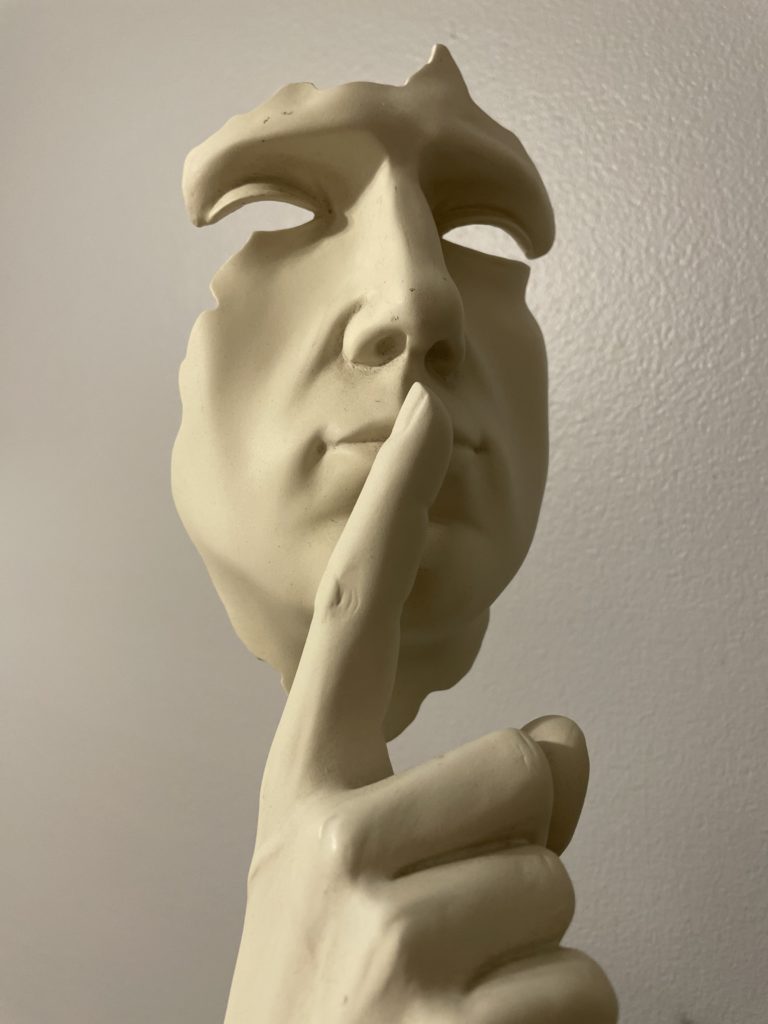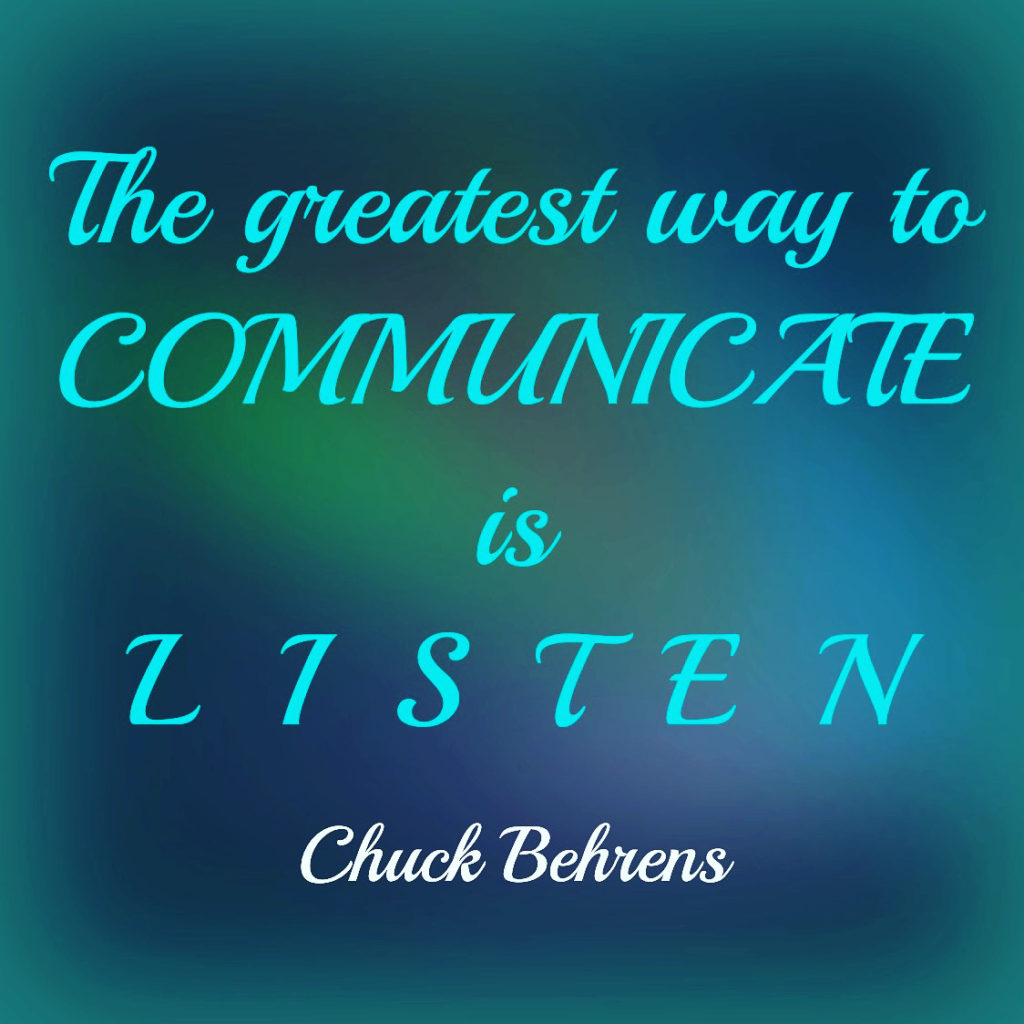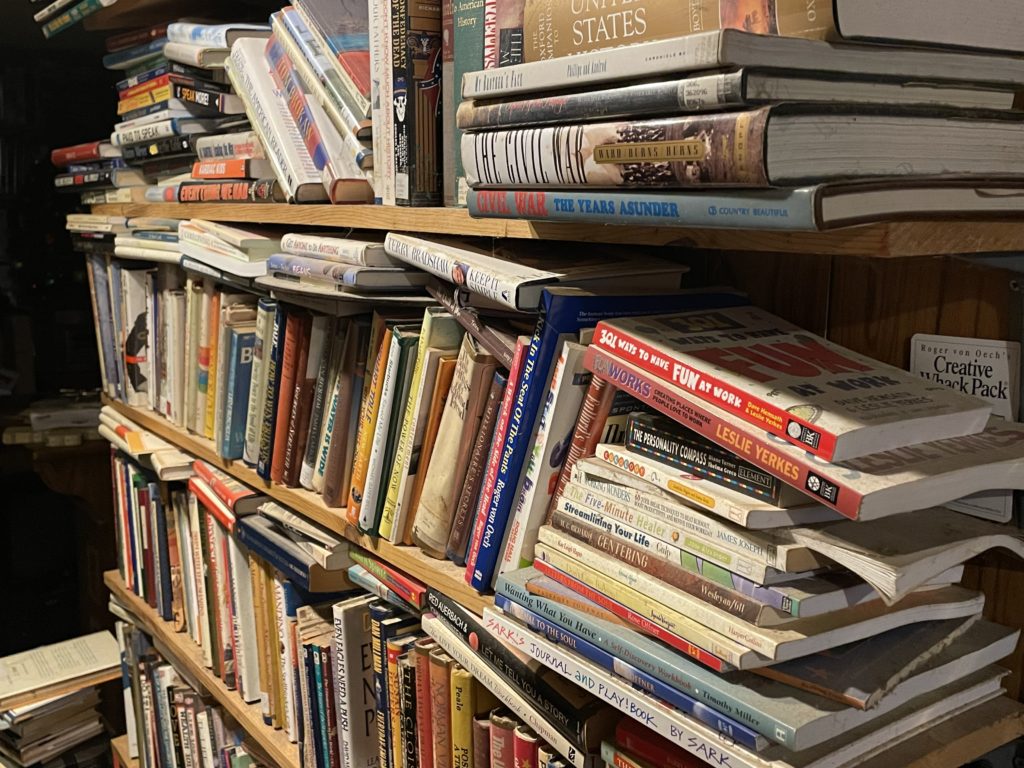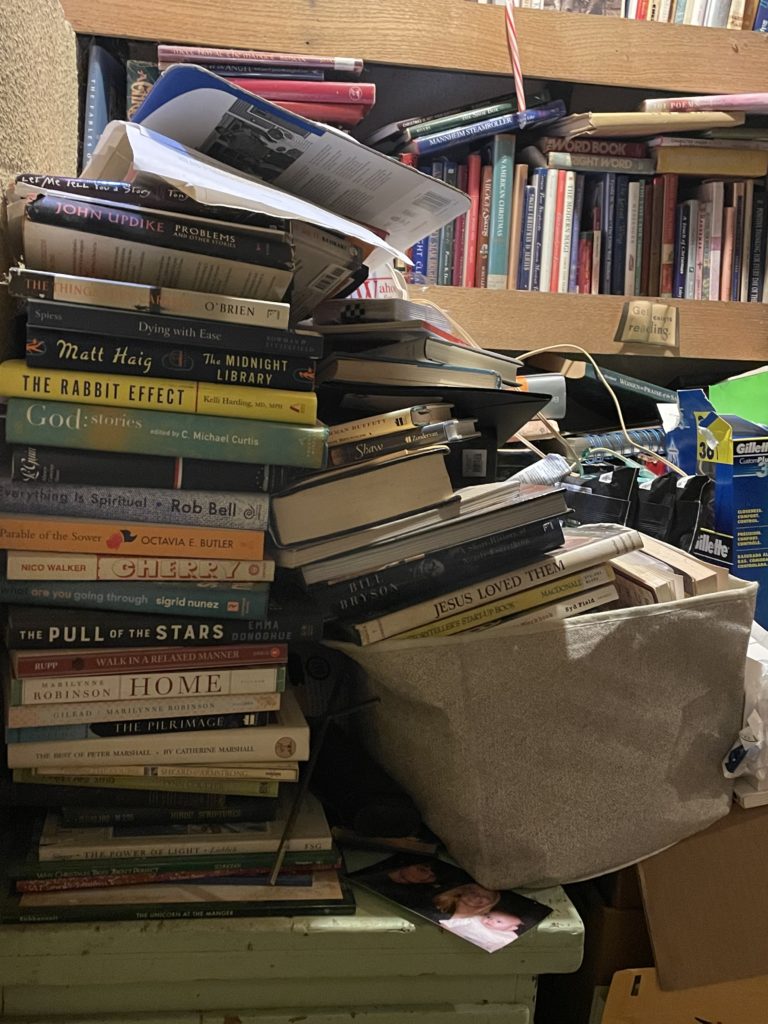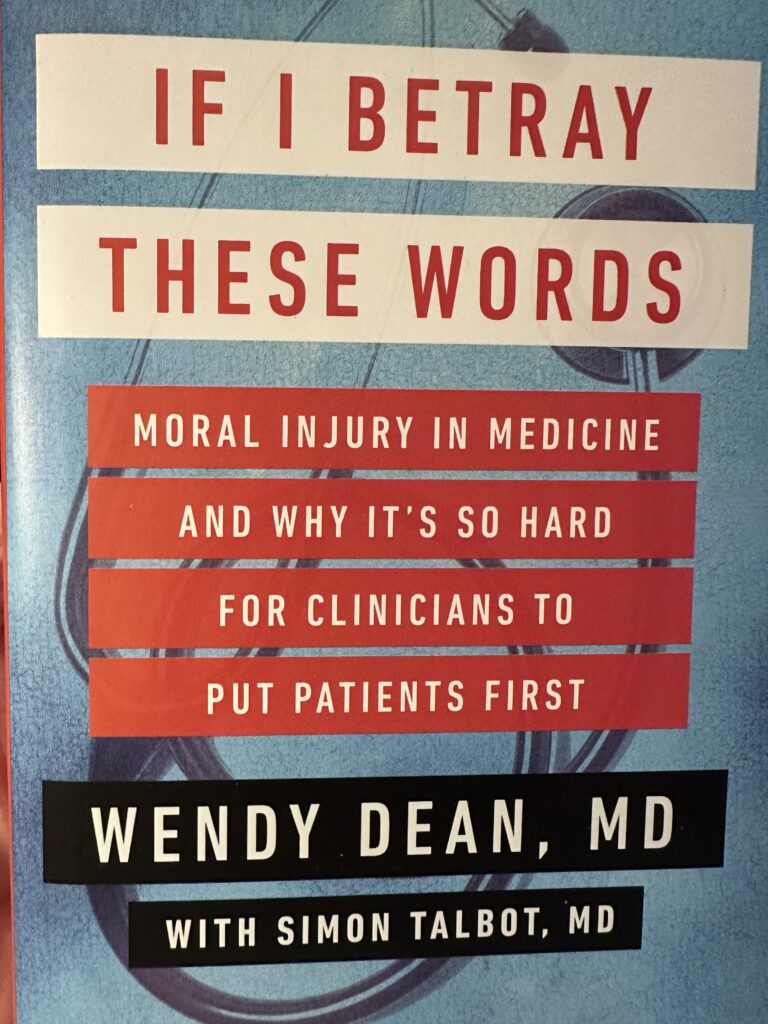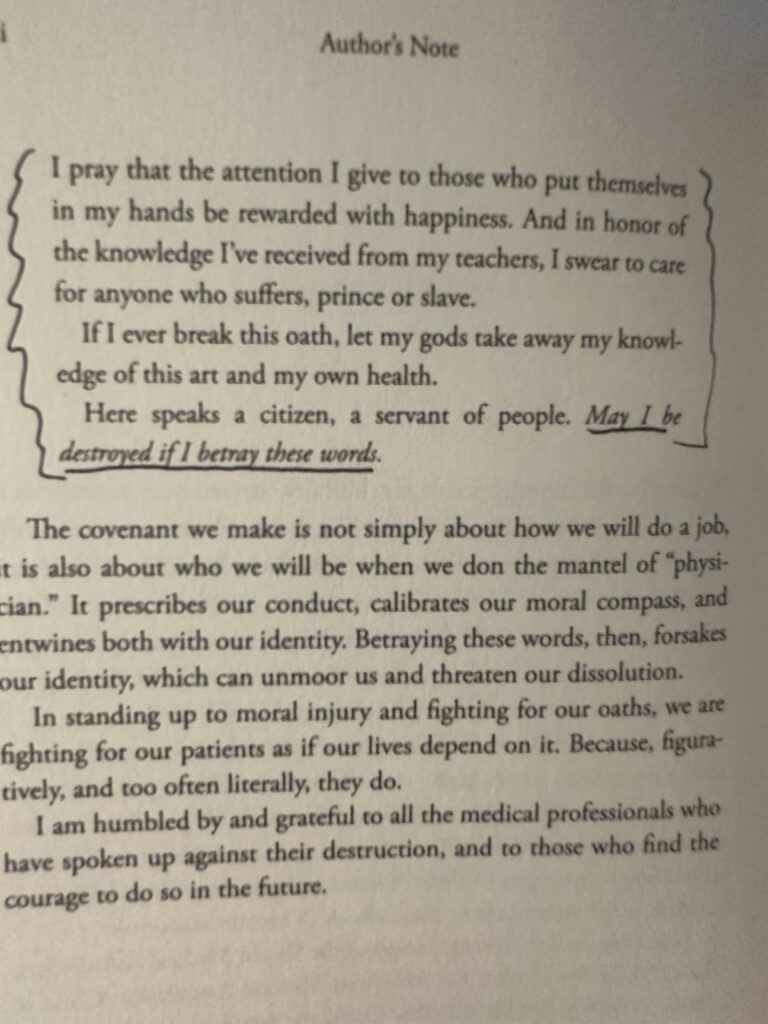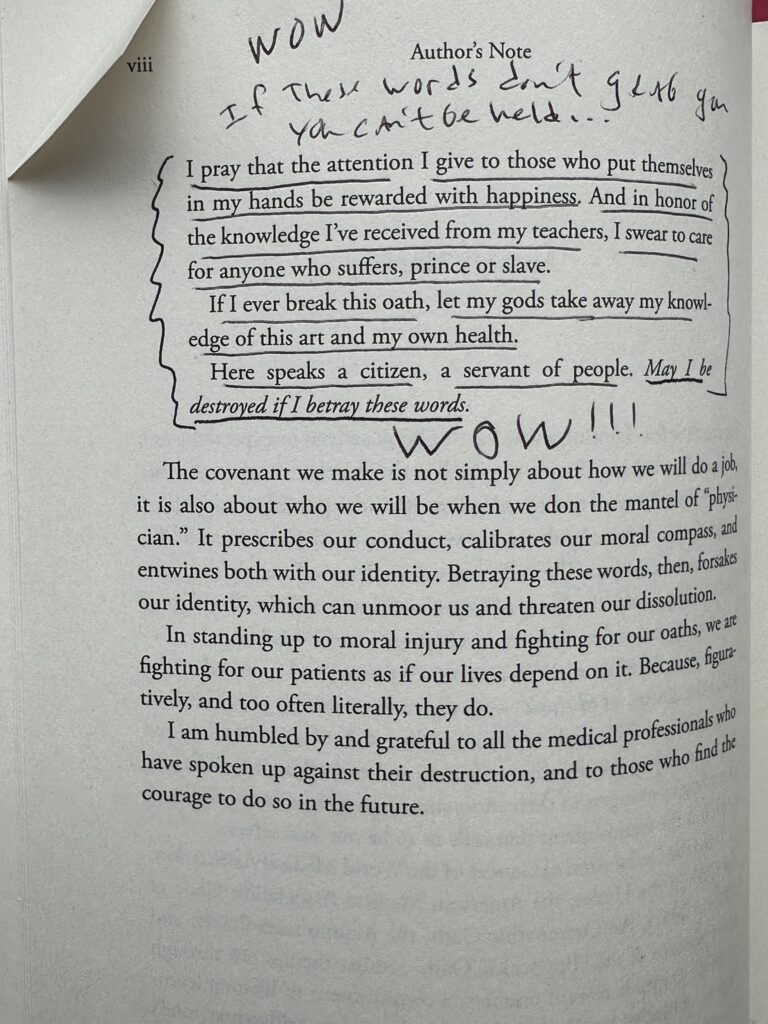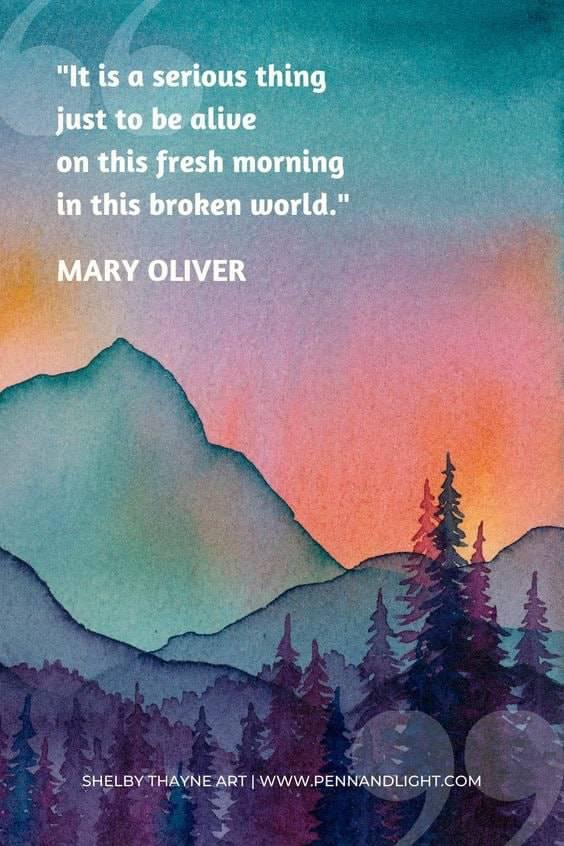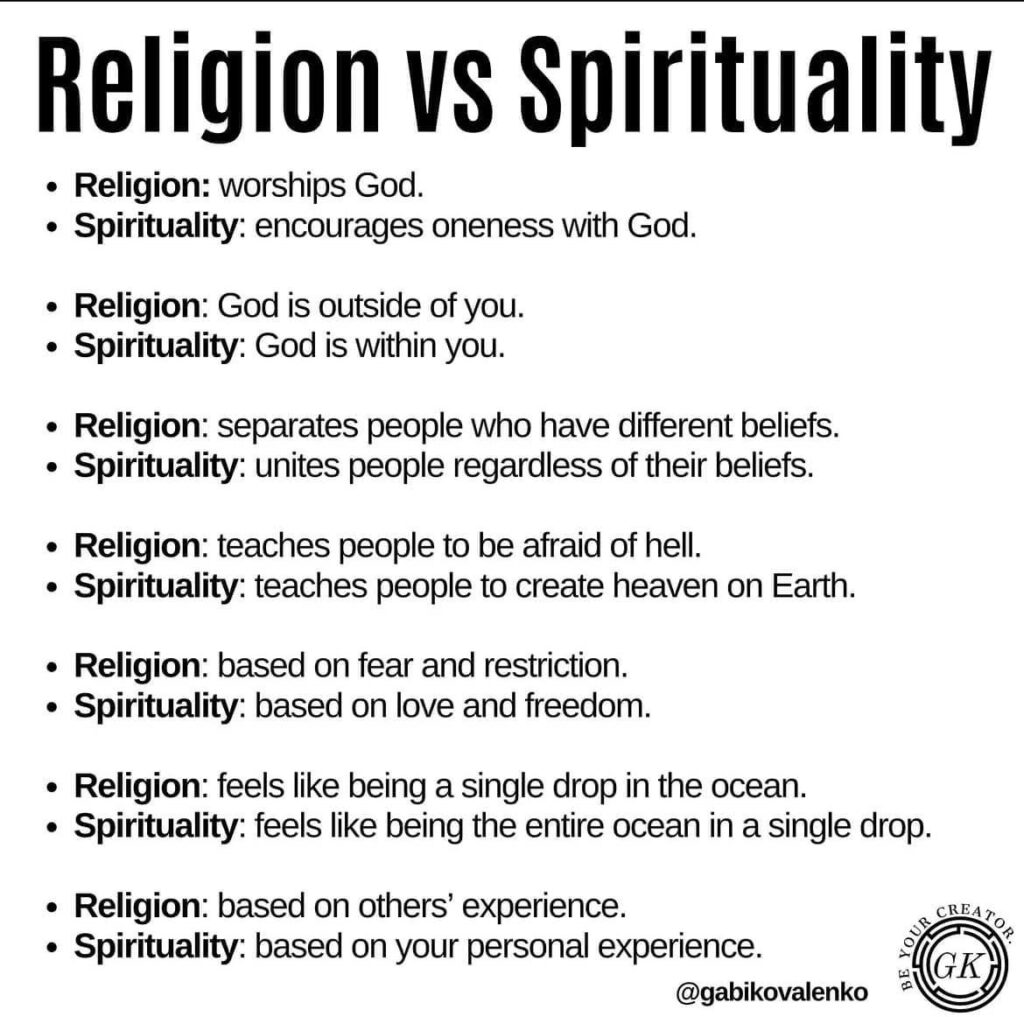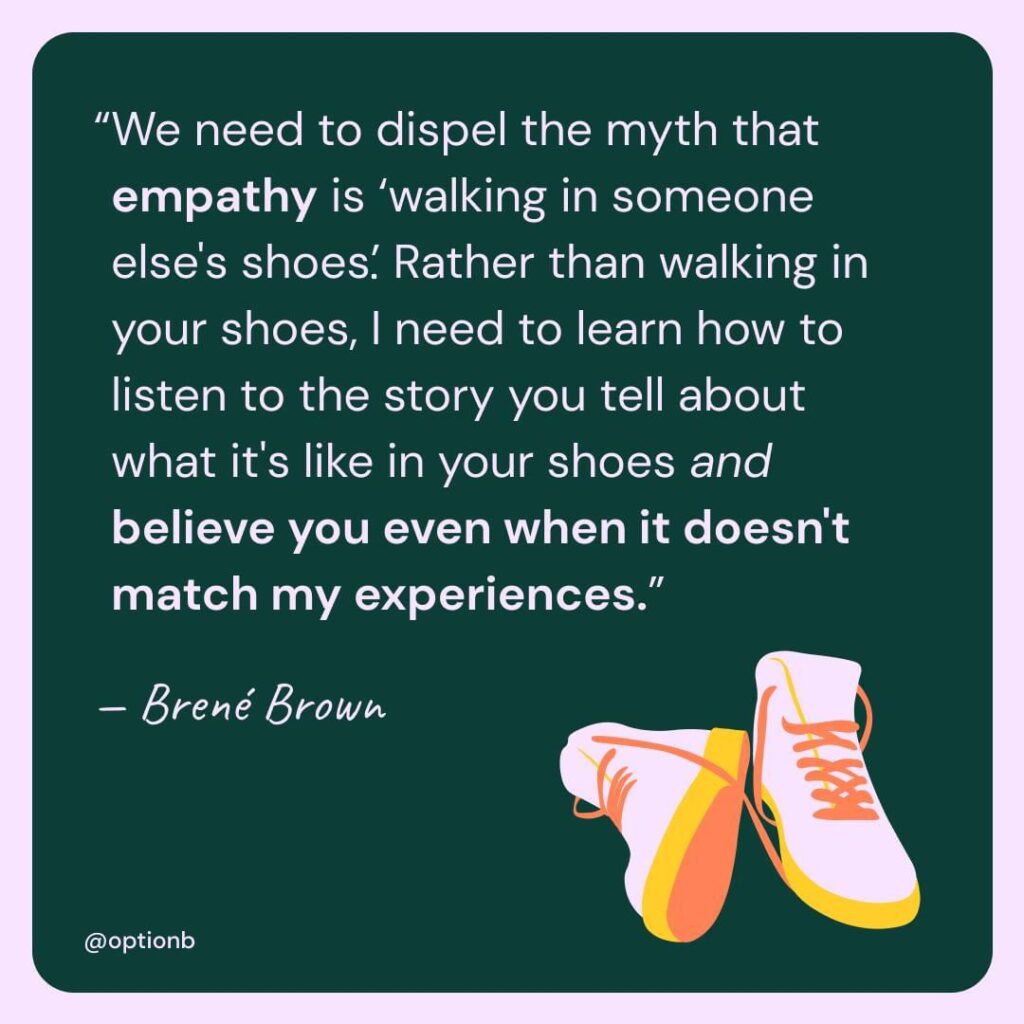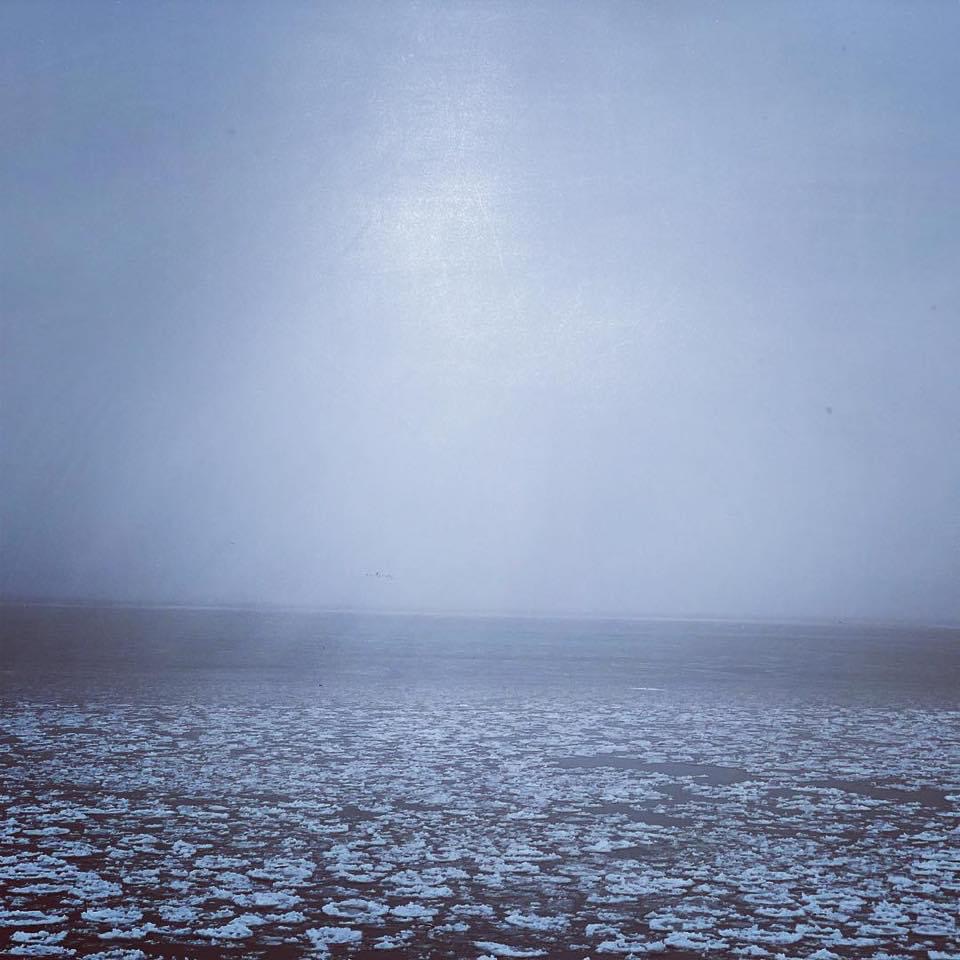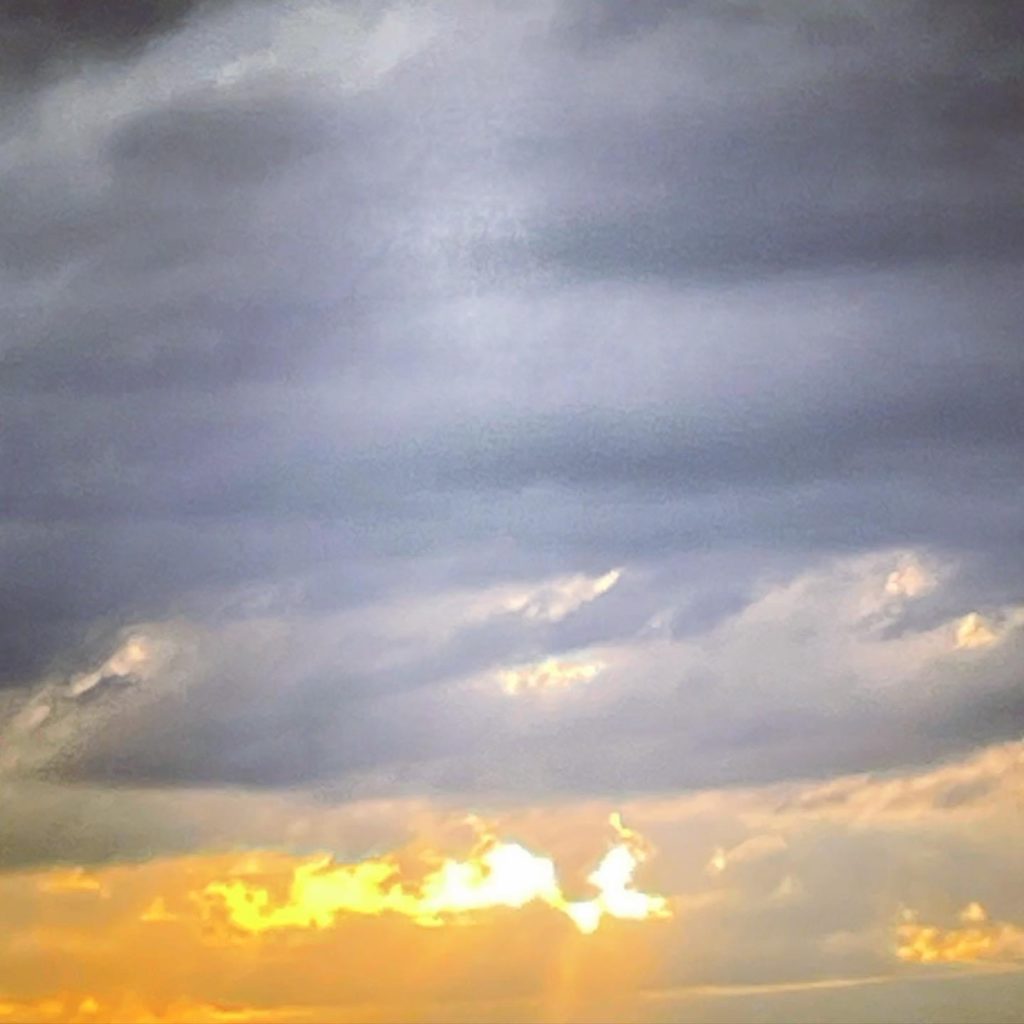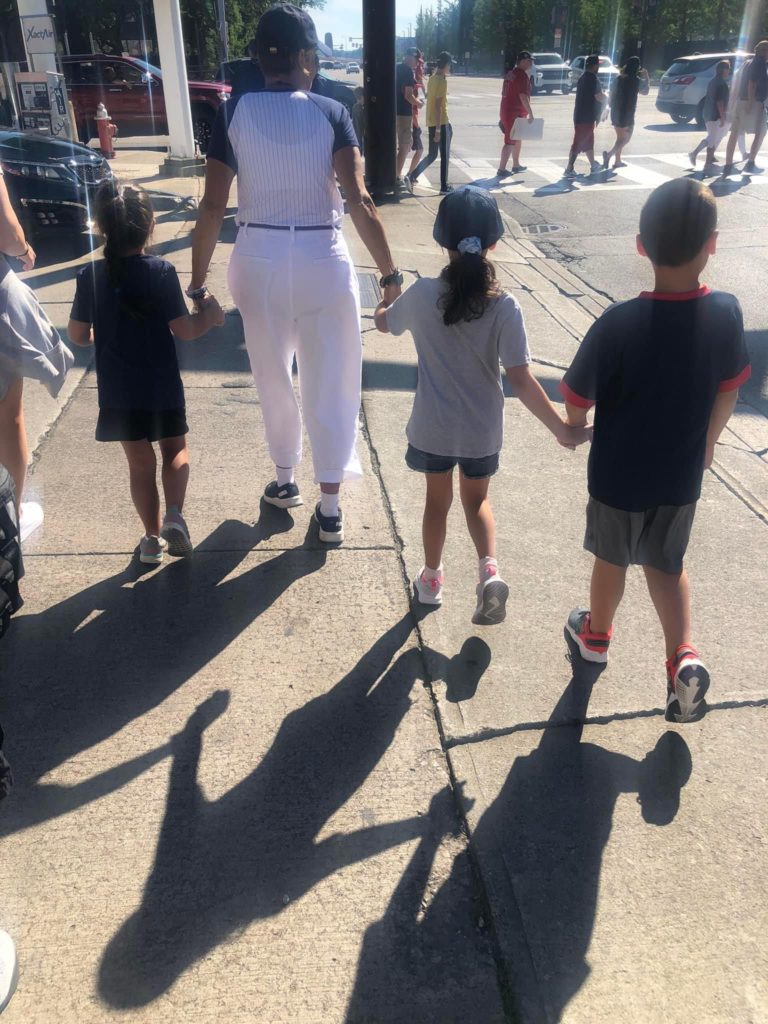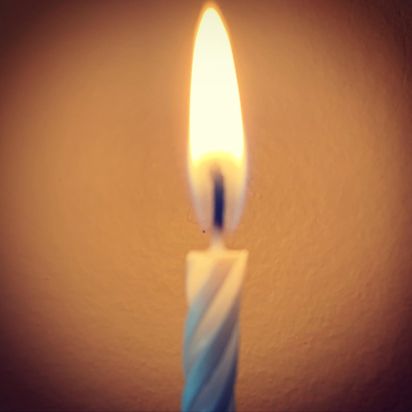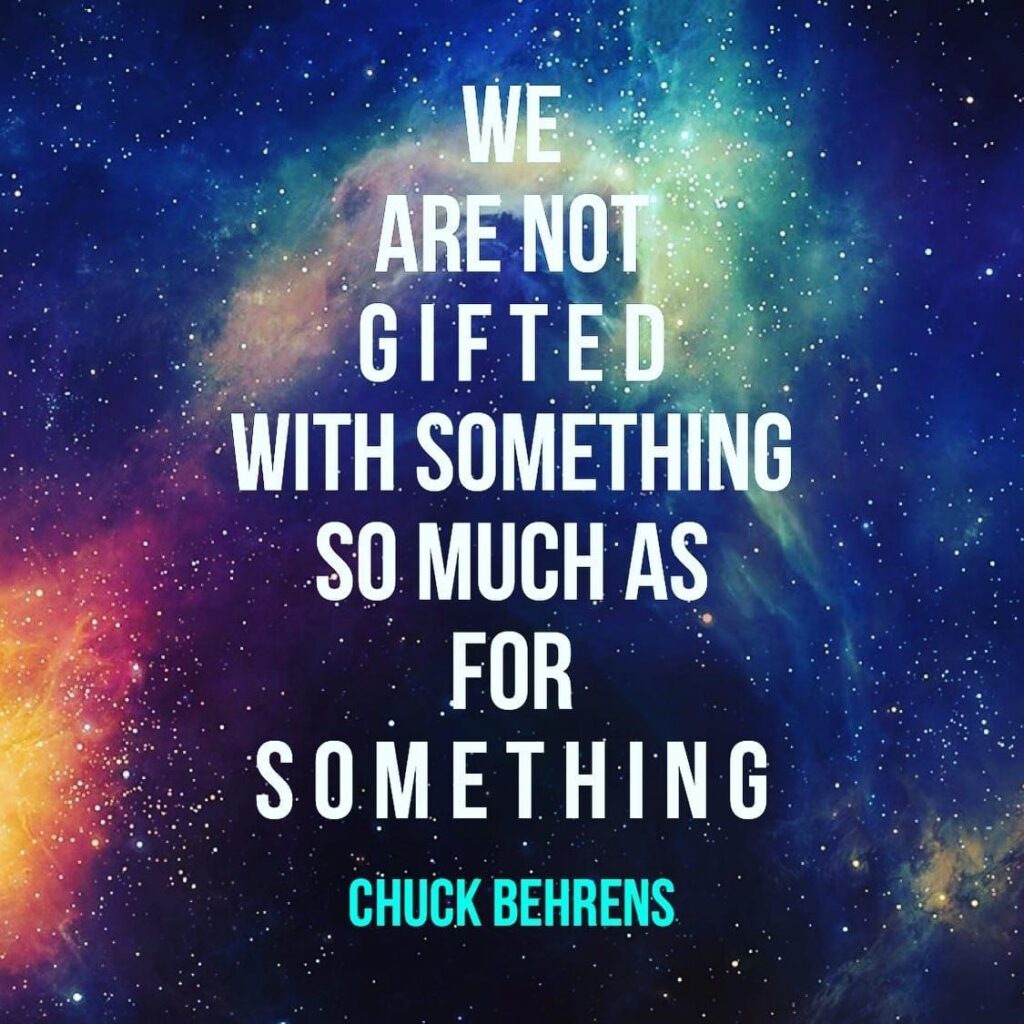Worried
Mary Oliver
I worried a lot. Will the garden grow, will the rivers
flow in the right direction, will the earth turn
as it was taught, and if not how shall
I correct it?
Was I right, was I wrong, will I be forgiven,
can I do better?
Will I ever be able to sing, even the sparrows
can do it and I am, well,
hopeless.
Is my eyesight fading or am I just imagining it,
am I going to get rheumatism,
lockjaw, dementia?
Finally, I saw that worrying had come to nothing.
And gave it up. And took my old body
and went out into the morning,
and sang.

Hmmmmmmm’s
They’re mostly unnoticed
severely unrecognized
but they do reside softly in the soul
in a place that doesn’t have secret places
And even though they may be out in the open
they’re never really seen
and even more rarely understood
But always questioned
without the hope of ever being answered
Hmmmmmmm’s
are a holy hymn of their own
never to be sung
or hummed
but painfully heard in endless refrains
 Hmmmmmmmmmmm’s always get me thinking and at their worst, WORRY. . .AND YET. . .
Hmmmmmmmmmmm’s always get me thinking and at their worst, WORRY. . .AND YET. . .
Ahaa, AND YET, indeed; the vastness of the
AND YET
has some glorious answers
or at least some well welcomed comfort
hanging out of reach of frosted over trees
but still very much in touch
with what brings comfort to our souls
when everything else seems to steal it. . .
WORRIED. . .Hmmmmmmmmmmmmmmmmm. . .



